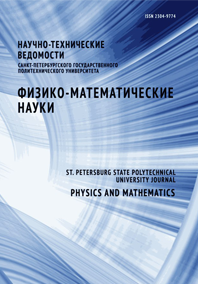Ultraviolet photoluminescence enhancement of zinc oxide nanocrystals in colloidal mixtures with spark discharge aluminum nanoparticles
Currently, nanoplasmonics is considered one of the most appealing areas of nanophotonics for researchers especially in studies on aluminum as one of the most attractive metal for pushing plasmonics into ultraviolet (UV) devices. Aluminum plasmonics has been shown to be effective for several applications including ultraviolet enhanced fluorescence, optoelectronics, photocatalysis, imaging and biosensing. This work investigated ultraviolet photoluminescence enhancement in mixture colloids of zinc oxide with aluminum nanoparticles. Where aluminum nanoparticles, synthesized by spark discharge method, were with an average size 22.3 ± 7.7 nm and five aluminum colloids with various concentrations of metal from 0.001 to 0.015 g/L were obtained in isopropyl alcohol solution. At the same time, zinc oxide colloids were with two concentrations 0.022 and 0.22 g/L with an average size of the nanocrystals 26.6 ± 7.4 nm. In our research, we have achieved photoluminescence enhancement up to 2.4-fold of zinc oxide emission at wavelength 377 nm in mixture colloids of zinc oxide with aluminum nanoparticles at excitation wavelengths of 300 nm and 325 nm.


